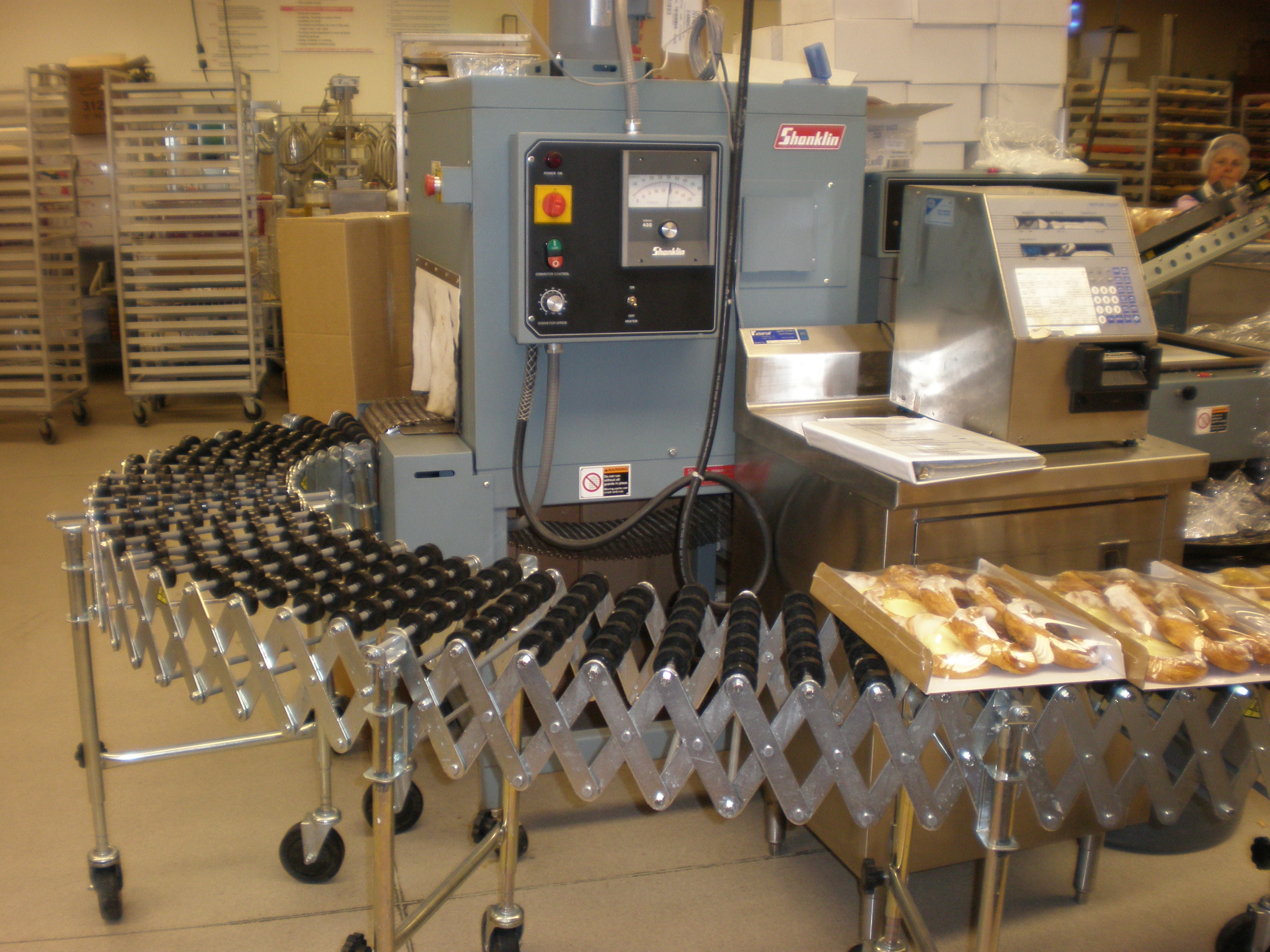The designing of the ideal food processing system is vast because of the complexity and diversity of the food processing industry. Some of the factors that may affect the system design include the qualities of food being processed, the sanitation methods used to prevent the formation of bacteria, the environmental conditions where the foods are prepared and the methods used in processing the food.
Consider the Physical Characteristics and the Qualities of Food Being Processed
One of the contributing factors in the food processing conveyor system design is the type of food being processed and its physical characteristics. For instance, your products that will be subjected to cutting or dicing on the belt require a tough surface that will not scratch or chip. It means that you cannot use plastic, rubber, and mesh or wire belts. Another example is the processing of the prepackaged cupcakes. The application of frosting requires careful handling and accurate positioning. With these types of food products, your system requires a stainless steel conveyor belt with custom attachments and timing pulleys to ensure accurate product positioning.
Consider the Methods Used in Processing the Food
Food products are processed in different ways. Some are cooled, pasteurized, cooked, or frozen. System belt like plastic and rubber cannot withstand extreme temperatures. These materials become brittle or can warp over time if the temperature is too high or when there is a drastic change in temperatures. Stainless steel is the best type of belt system for this type of food products since it is highly resistant to both low and high temperatures and can transport food items from cooking to freezing processes easily.
Consider the Sanitation Methods Used to Prevent the Formation of Bacteria
Food products like meats that are susceptible to bacterial contamination may require special design considerations. The conveyor belt for this product should be easy to sanitize to prevent the formation and distribution of bacteria. Some studies have shown that bacteria such as Salmonella can easily attach to rubber and plastic than to stainless steel. Mesh metal conveyor belt made of stainless steel can be a good option, but they also have several linkages, crevices, and grooves where bacteria can hide and accumulate. Sanitation could be a solution to this problem but it can lead to a costly production downtime. The solution is to have a solid stainless steel metal belt that keeps the bacteria away and can withstand cleaning processes that would corrode ordinary belt materials.
Consider Environmental Conditions
One of the things that you need to consider in installing the belt system is the environment. Food processing conveyors are set up so that surfaces can be easily available for maintenance, inspection, and cleaning. You also need to consider the shape and size of the area as well as the controlled temperatures.








